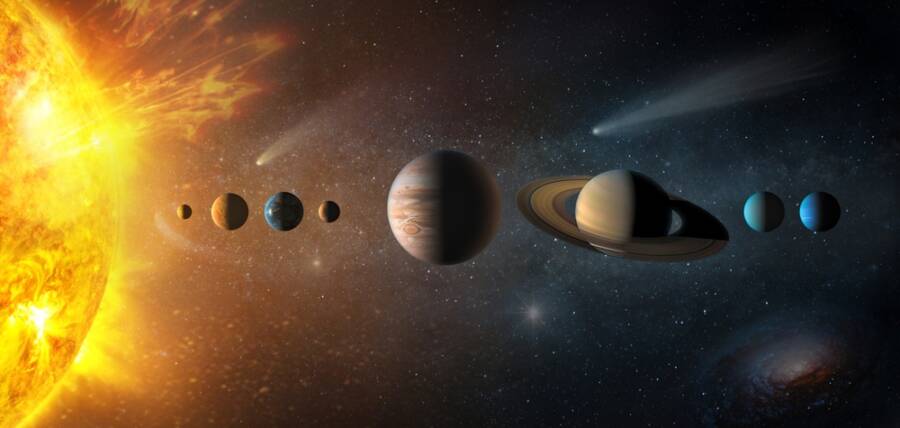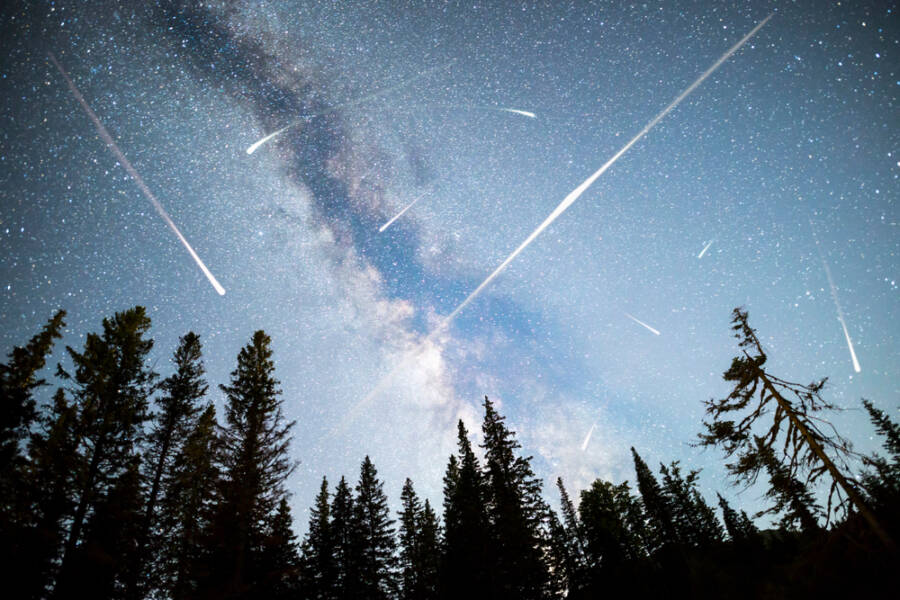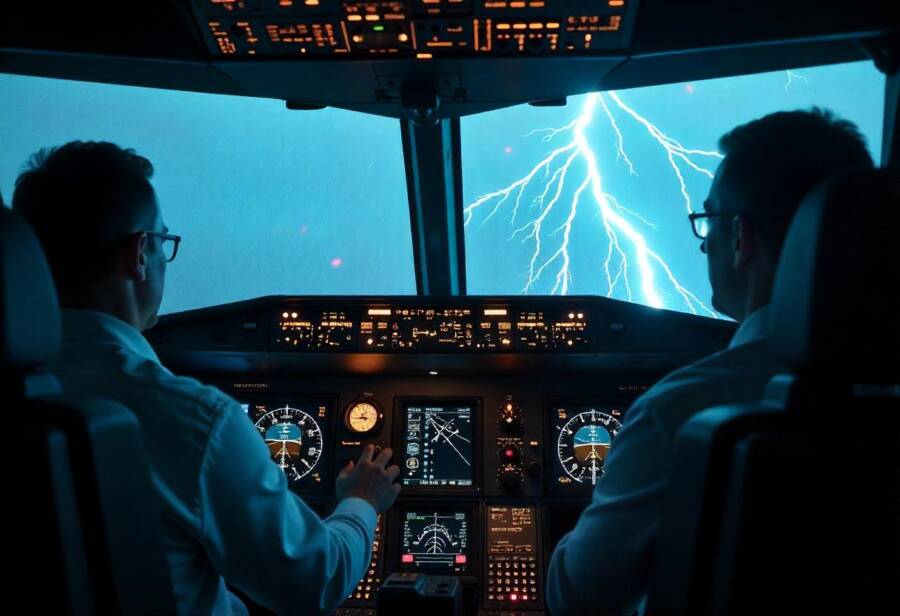Who will be there when these upcoming celestial events take place?
Picture this: you’re looking up the sky and you’re witnessing something so rare and so amazing but you shortly realize the fact that this might be the only chance to see it in this lifetime. Don’t be sad because of that; be happy it happened!
Given that the United States has just witnessed a total solar eclipse, you may have already experienced a once-in-a-lifetime event where you live. But there are some amazing sights in the night sky, some of which you may never see again in your lifetime and some of which will very soon.
We’re in an awestruck state of mind right now; it would have been a pity not to share it with you too! Now, enough with long introductions, here are the best upcoming celestial events to mark on your calendar.

Transit of Mercury
One of the upcoming celestial events will occur on November 13, 2032. Ugh, that long I may be long dead by then, you may say. Well, yes, because it happens 13 times per century. Venus and Mercury, the two inner planets, are the only two that appear to transit the sun as viewed from Earth. The next transit of Venus, scheduled between 2117 and 2125, is unlikely to be witnessed by anybody living, although a transit of Mercury is anticipated.
The “Swift Planet” will travel around the solar disk in 4 hours and 26 minutes, as viewed from Africa, Central Asia, and the Middle East, on November 13, 2032. The previous one occurred in 2019. It won’t be until May 7, 2049, when Mercury will again be seen from North America.
The ‘Golden Conjunction’
This is one of those upcoming celestial events for which none of us will be alive to witness it, but who knows, perhaps the future generations will do after the aliens colonize the planet. Jokes aside, this amazing event takes place every few hundred years, and those who will see it are very lucky indeed.
The lovely planetary conjunction, also known as the “golden conjunction,” occurs every 16 years during which Jupiter, Saturn, Venus, Mars, and Mercury may all be seen in a single, 10-degree area of the night sky.
Furthermore, the planets will be grouped in the western sky, making it viewable from all across the world just after sunset.
Triple Supermoon
Three nights in a row of supermoons—a rare event in which the full moon appears bigger and brighter—will take place while the moon is closest to Earth. The bonus here is that this event will happen in August, when summer is in full swing which will make it even better.
The fact that the 2052 event has three supermoons in a row throughout just three nights is what makes it so unique. Scientists say that it will be seen better in coastal locations.
These celestial events may be in a galaxy far away, but that doesn’t mean you don’t have to stop enjoying what the universe has to offer right now. What do you say about a professional telescope suitable for beginners?
It doesn’t cost an arm and a leg compared to others, yet it’s a bit pricy, but it’s worth it. This one has a wireless remote and high magnification, and it’s super easy to assemble and use. Check it out and see if it fits your needs.

The Leonid meteor shower peak
It may be a thrilling experience to see the Leonid meteor shower, especially if you do it in the dark. Leo, which is distinguished in the night sky by its unique backward question mark pattern known as “The Sickle,” appears to be the source of the meteors.
Since this event will take place sooner than others, precisely in 2031, instead of focusing on Leo directly, viewers are advised to explore the surrounding sky for meteors with longer, more pronounced tails. Choose the darkest viewing location and give their eyes about half an hour to become used to the darkness. This will improve your capacity to identify meteors. because you will be able to see them with the naked eye, therefore, no specialized equipment is required.
Perseid Meteor shower peak
We’re so excited to put this one on the list of upcoming celestial events because it will happen sooner than all others mentioned above, more specifically in August 2028. Make sure to mark it there so you won’t forget about it.
From the 19th century, when Italian astronomer Giovanni Schiaparelli established the connection, Comet Swift-Tuttle—which was discovered in 1862—has been acknowledged as the cause of the Perseid meteors.
Every year in late July or early August, Earth passes through the debris left over from Swift-Tuttle, causing the Perseids to flare up and stripe the sky with brilliant lights.
You may be tempted to say that this won’t be a big deal, however, scientists say that in 2028 Earth will witness an amazing show with dense dust filaments that the comet released centuries ago.
Total solar eclipse
Are you excited for the next solar eclipse? Then make sure you don’t miss the one from August 2045. The “Greatest American Eclipse,” a complete solar eclipse that will occur in 2045, is expected to be an amazing show with a record total duration of 6 minutes and 4 seconds.
This eclipse, which is scheduled to occur on August 12, 2045, will pass over 12 states in the United States, beginning in Florida and including large areas of California, Nevada, Utah, and Colorado, among other states, before continuing into parts of Central and South America. The finest locations to see this eclipse are in Colorado Springs, Salt Lake City, Miami, and Disney World in Orlando. Definitely a must-see event!
Saturn’s Rings will “disappear”
Now that’s just awesome! The planet’s changing tilt as it spins around the Sun is the cause of its ring’s disappearance. Every 29.4 Earth years, Saturn completes one orbit around the Sun, and a day on Saturn lasts around 10.7 Earth hours.
When Saturn’s rings line up with Earth in 2025, they will be almost invisible from Earth’s perspective—like noticing the edge of a paper-thin at a distance. Although the rings appear to disappear at this alignment, there is a unique chance to glimpse some of Saturn’s many moons in greater detail.
Return of Halley’s Comet
In 2061, Halley’s comet—named for the English astronomer who calculated its orbit in the 17th century—which was last observed in the inner solar system in 1986, will make a comeback to Earth. The dust and debris that Halley’s comet left behind in the inner solar system is what causes both the October Orionid meteor shower and the May Eta-Aqaurid (also called Aqauriid).
A naked-eye nova
Recent reports from NASA experts indicate that there is a chance a nova will explode before September. Every 80 years, T Coronae Borealis, a white dwarf star located 3,000 light-years from Earth, has a tremendous explosion on its surface.
You might have to wait 100,000 years for Betelgeuse to meet its ultimate demise as a supernova, which is the cataclysmic death of a big star following a core collapse. Or maybe you can see it tomorrow.
The only thing astronomers are certain of is that, since the 17th century, no supernova has been observed exploding in our Milky Way galaxy.
Which of these upcoming celestial events are you eager to see the most? Tell us in the comments.
Are you eager to explore more scientific topics? Check out 7 Things From Outer Space That Will Destroy the World.














